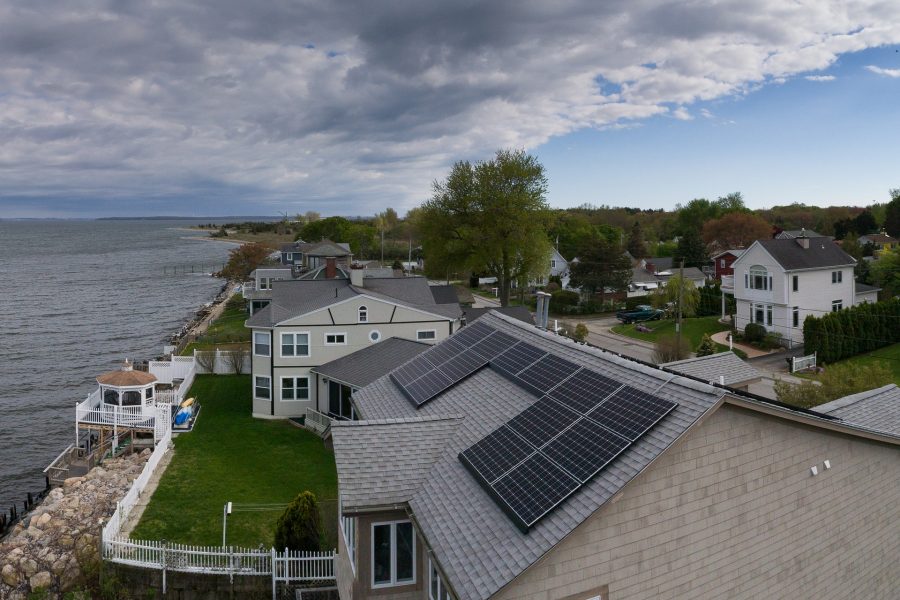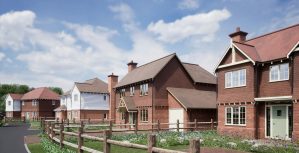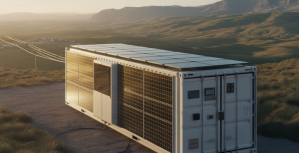Building Biology – The secret of eco-friendly building and living
We are living in a changing world. Today’s home has to fit in a sustainable vision of human environment. We have to live with great social and environmental awareness to avoid further damage to our planet and to our health. This has huge consequences on our way to create our houses. We needed to recognize that the economical building style and modern building materials might work in the sense of durability, but affect negative our health and sooner or later the environment. The majority is made of artificial components as for example: PVC, PE, polystyrene, bitumen, etc. Some of these substances are already prohibited like asbestos or PCB. Others might be banned in the future, but we can anticipate current legislation and start to construct healthy, eco-friendly buildings. That also means a change in our living style.
History of Building Biology
In the late eighties scientists and doctors start to detect a causal relationship between some diseases and the contact with chemical substances, especially in the common construction materials. In particular, Germany was affected, caused by the rapid and economical reconstruction of the building stock after the 2nd World War. Cheap, “modern” materials were used, additionally construction companies tried to avoid wood pests with various very toxic treatments. It seemed to work, but not only killed mould and woodworm, but also the humans after a longer exposition in his living surrounding. A connection between toxic substances and the formation of cancer was proofed. As a consequence, liquid wood preservatives with lindane, PCP and DDT were prohibited in the EU in 2006.
In Germany the Baubiologie developed new building codes to avoid further illness and to improve environmental compatibility. Soon it spread to the USA, thanks to the famous Helmut Ziehe, founder of the International Institute of Building Biology and Ecology, and to New Zealand, thanks to Reinhard Kanuka-Fuchs, two German Baubiologen, today’s reference in the investigation of healthy buildings.
Definition: What does Building Biology mean?
Biological and social aspects are covered by this new science, to provide a healthy home for each person and for the environment, too. There are different main aspects, which characterize a house, constructed following the rules of Building Biology:
Environmental tolerance
Building Biology means to reduce the impact of a house to the environment. It should consume as less energy as possible, ideally work as a Passivehouse, which means the self-sufficient production of energy, and it should be constructed of natural, local produced, completely recyclable materials. Houses constructed under these guidelines don’t have a negative impact to our planet and respect the natural surrounding. In fact, they respect human and ethical rules.
Architecture based in human proportion
The human should be again the centre of the building design, returning to regional craftsmanship and design. Rooms should adapt to the human requirements, not the other way round. Also they should smell and feel like natural surrounding, be lighten by daylight and be equipped with natural and ergonomic furniture. As consequence, artificial surfaces and treatments should be avoid.
Healthy inner climate
It depends not only from construction materials and surfaces, if a building is healthy. Also there are much more essential factors that influence today’s home: Fresh air is, without any doubt, one of the most important. Controlled ventilation and avoidance of dust, pollution, toxic exhalations and moulds caused by humidity provide a healthy air inside. Also technical equipment should be minimized to reduce electromagnetic fields and wireless LAN. Some radioactive materials should be avoid, too.
Ventilation and heating system play a significant role for the interior climate. Natural, breathable materials help to keep the humidity and moisture content low. Heating systems with a high proportion of radiation guarantee a healthy heat and help to avoid draught effects that cause apprehension and resuspension of dust. Correct acoustic insolation and noise reduction is an additional item that has to be fulfilled.
Infrastructure and social sphere
Finally, Building Biology also examines the social environment of a building. People don’t live only inside, but also outside their houses, which means, social interconnection should be work fine. Short distances to one’s working place, school and shops helps to minimize the use of cars or busses and reduce the CO2 footprint and also saves time to reach them. That also will support local business.
Regarding to the exterior surrounding, responsible town planners try to integrate as much green space as possible in the neighbourhood. Of course, a further requirement for a eco-friendly building is a location far away from industrial areas and free of contamination, noise and radiation sources such as high-voltage lines and high frequency antenna systems.
Share It on :





